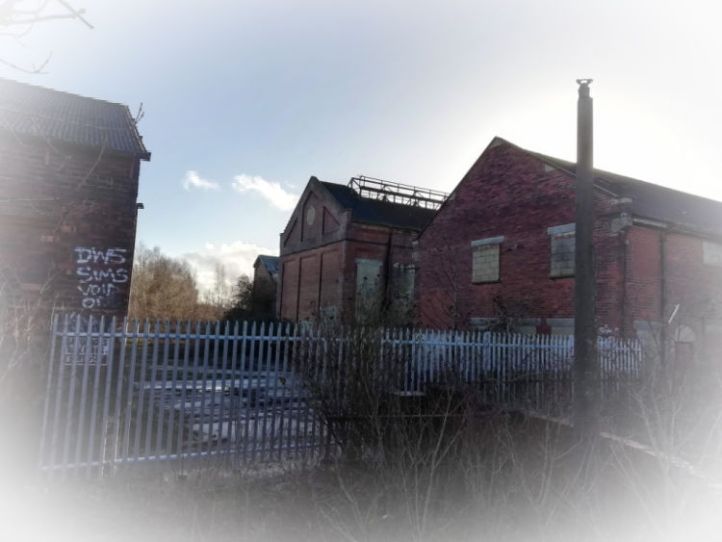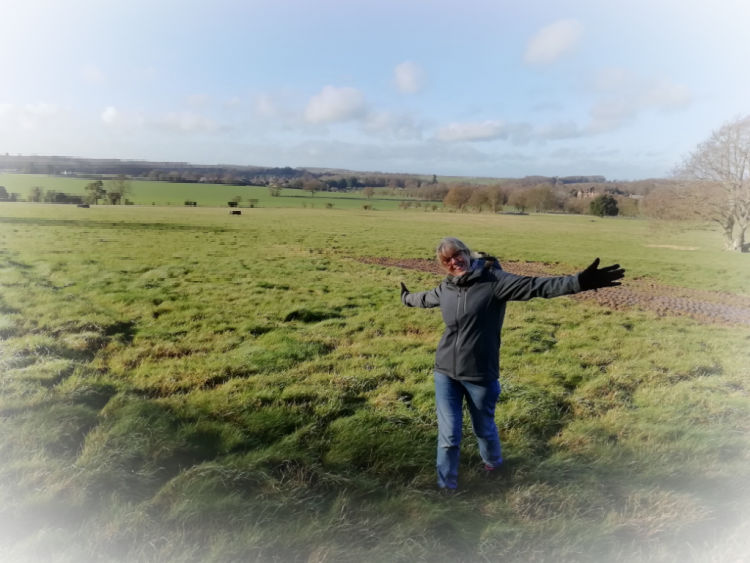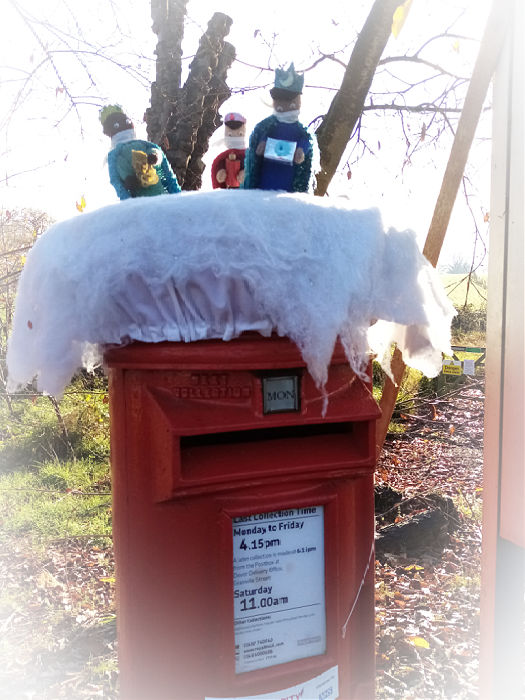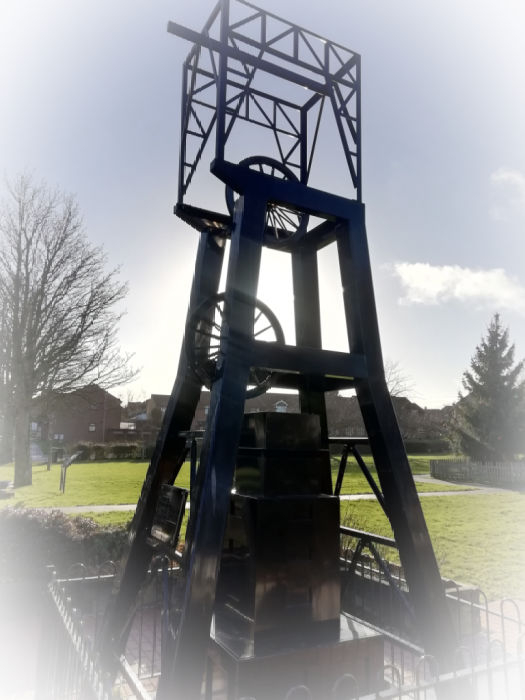
Our nearest village in this rural part of East Kent is Nonington which we have walked through a couple of times but with blue skies we decided to explore a little further. I don’t think I have ever seen so many footpaths signposted as we have along the lanes near us. Some of them look extremely overgrown with trees blocking them but, nonetheless, everyone gives me the urge to explore. With a couple of heavy downpours we have had over the last week or so the going may not be easy.
Nonington and Easole
Nonington has a beautiful flint church and some very fine listed buildings. Sadly there is a large pub, The Royal Oak, that has obviously been closed for a long while and crying out to be revamped into a community shop or similar. Other highlights include the bus shelter full of second hand books (perfect to buy, sanitise and renovate) a nativity postbox – a first for us – and standing watching some master thatchers at work.



The civil parish includes the hamlet of Easole Street but the distinction between the two is hard to find. Nonington is noted in the Guinness Book of World Records for its ‘Majesty Oak‘ in Fredville Park. `Majesty‘ is the largest surviving maiden oak in the UK (even beating the Sherwood Forest Major). It is listed in the Guinness Book of Records, and is at least 400-450 years of age. It is on private land but can be admired from afar.

Channel Tunnel
Everyone knows roughly when the Channel Tunnel was planned and started don’t they? I would have guessed early 70s due to the fact that my Dad worked on some of the initial boring, then the whole thing was shelved and by the time it was restarted he was nearing retirement. The amazing truth is that the initial feasibility boring took place in the 1880s. The initial idea was even championed by Napoleon, 80 years earlier. Under the inaccessible cliffs of Folkestone there is even an area deep within the rock that was drilled by a mechanical boring machine and has some Victorian graffiti saying “This tunnel was begun in 1880“. It was during these works that coal was discovered in this part of Kent.
The Coalfields of Kent
What?? I hear you ask. Well yes. Collieries sprung up and expanded during the 1920s and 1930s with maximum output being achieved in 1936. Most of the workers for these new mines came from the traditional coal mining areas of South Wales, the Midlands and the North East. Whole communities established themselves around these collieries and the East Kent Light Railway was built to service them.
Snowdown was the deepest mine at over 3,000 feet and in use from 1912 until 1987. Its first shaft hit water at 260 ft and flooded. Sadly 22 men drowned . It was also the hottest and most humid mine in the country, dubbed ‘Dante’s Inferno‘ by the miners who worked there. Heat stroke was a regular problem and allegedly a lot of miners worked naked.
The Miner’s Way Trail
Our walk took us from Nonington to Aylesham then back via Snowdown, part of the Miner’s Way Trail. This is a is a long-distance 27 mile circular footpath linking up the former coalfield parishes of East Kent. There are a couple of alternative routes that make two shorter 14 mile walks. If cycling is your thing, there is also a trail starting and finishing at Deal.
In Aylesham there was a statue called “Pay Day at Snowdown Colliery” sitting in front of the coal carts known as “tubs” used in the mines. To me, it symbolised the community and families that lived and worked in the village. We had half expected to see some names of miners lost in the flooding but the little bit of information on a plaque said the numbers of loses are not documented and neither are the numbers that endured bad health and terminal illnesses due to the nature of their work. A sobering thought.

Aylesham has been rebranded as Aylesham Village Garden and has a large number of new houses. A central grassed square has an information board on the mining in the area, a war memorial and miniature shafthead frame is surrounded by a few shops and a health centre. To us it felt like the RAF stations and married quarters that we lived in together many moons ago. Although we didn’t see them, on the outskirts there are evidently a lot of new homes.
After nipping in the Co-op for a sneaky chocolate bar each – well felt we should support the local economy and hadn’t been in a shop for over 3 weeks, we carried on down the lanes to Snowdown. Right next to the railway station is the vast derelict colliery site. Even though all of the giant shafthead frames have been removed, it really brought it home what a huge industry it was in it’s hey day. It would make a brilliant movie set but probably not the safest place to roam around.

We continued our walk along a permissive footpath through a field to Nonington. Thankful that we didn’t have to walk down the narrow lane where the majority of drivers just want to get where they are going as fast as possible.
We had walked about 7 miles and felt so pleased that we had at least scrapped the surface to reveal some of the local history. We have time to follow some more of the Miner’s Way in another direction while we are here and if it is anything like today’s little outing it will reveal some more Kent treasures – like the white windmill we can see across the fields which is acting like a homing beacon, tempting us closer and closer.

14/12 – 19/12/2020







Fascinating! Everywhere has something to offer the amateur local historian. The nativity post box is definitely a first for me too.
LikeLiked by 2 people
Love coming across these gems.
LikeLiked by 1 person
Magic. I live in Kent, on the Isle of Thanet specifically, and I sometimes feel like I could spend years exploring…its so rich in history.
LikeLiked by 1 person
Kent is so rich in history, landscapes and even though we have lived here a large part of our lives still finding places that surprise us.
LikeLiked by 1 person
I’ve seen the oak tree in Sherwood Forest and it’s enormous so this one must be huge.
LikeLiked by 1 person
It’s huge…. a relative secret and if only it could talk and tell us who has passed by over the centuries.
LikeLiked by 2 people
Nice blog Jo. When Jack was younger we would often be in Aylsham and Snowdon for local football and we often came across relics of the coal mining industry. It must have been devastating when for the local community when the collieries closed. Betteshanger is not too far away and there is large park there on the site of the old colliery. Might be a museum there now too!
LikeLike
Be safe down south. all that tier 4! love a good coaling village.
LikeLike
Glad you are still exploring
Fascinating facts ..you always manage to unearth something interesting in your research
Have you found a “barn” for Christmas yet ..hope you don’t have to sleep in one
LikeLiked by 1 person
Still housesitting when we can and we have a little townhouse in beautiful Canterbury for a few lockdown Christmas days. Happy Christmas.
LikeLiked by 1 person
Sounds perfect
LikeLiked by 2 people
In these tricky times we feel so lucky to have a bolthole but not contravene the guidelines. It is a beautiful city and we hope to hear evensong as we walk past the cathedral this evening x
LikeLiked by 1 person
I like that bus shelter with the second hand books!!
LikeLiked by 2 people
It is becoming very common. Repurposed telephone boxes are another likely location. Love a bit of upcycling
LikeLiked by 2 people